Artist Yeesookyung’s Gold Sculptures
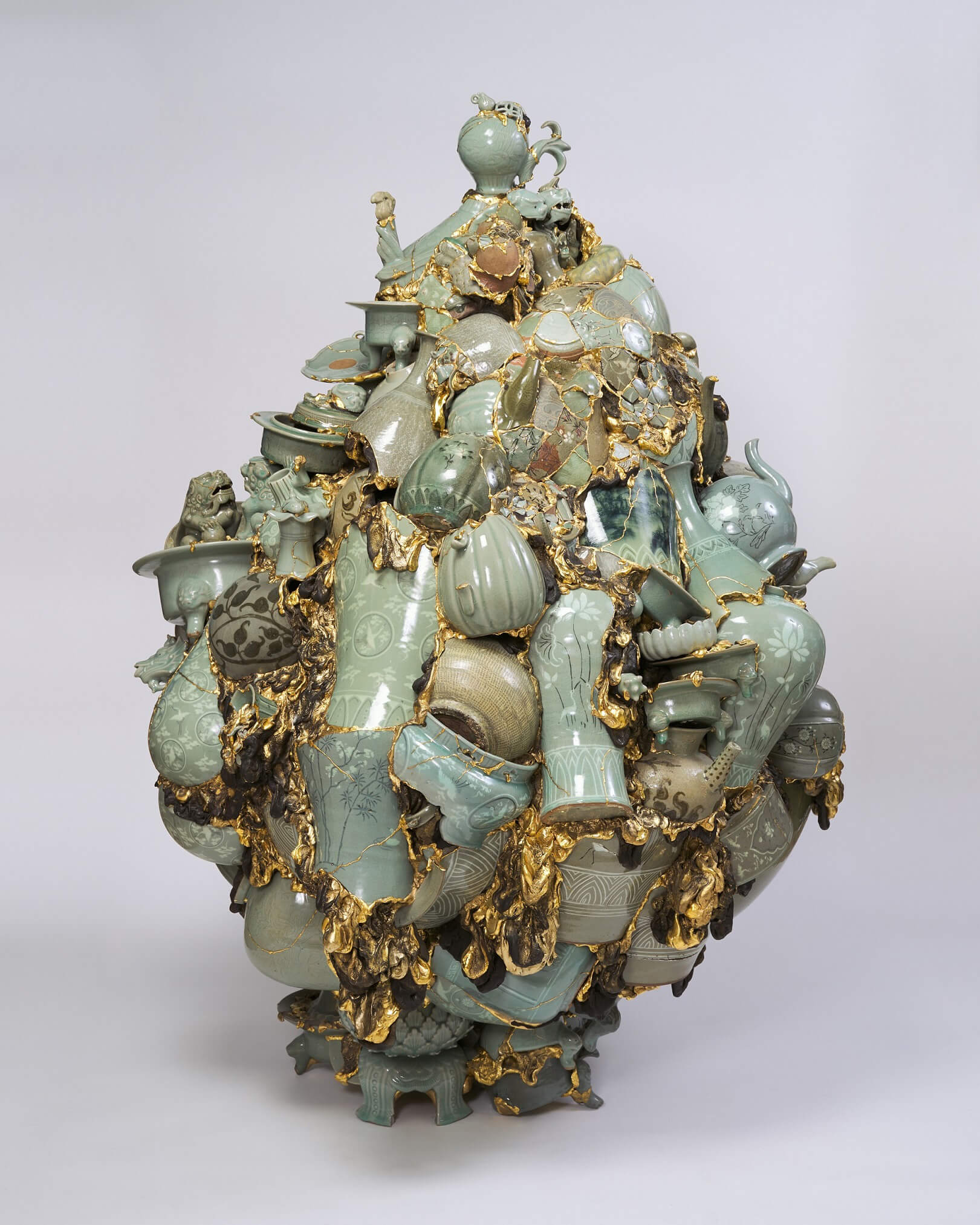
Translated Vase_2018 TVG 3 (2019) / ceramic shards, epoxy, 24k gold leaf / Courtesy of the artist / Photo ©Yang Ian
In her series Translated Vase, Korean artist Yeesookyung gathers fragments of traditional Korean ceramics and porcelain and uses them to assemble hybrid sculptures much like a puzzle. To hold all the pieces together, she appears to take inspiration from the ancestral Japanese technique kintsugi, which involves giving a second life to objects by repairing any cracks using varnish covered in gold powder.
From the words ‘kin’, gold, and ‘sugi’, joinery, kintsugi showcases the flaws in items by transforming them into golden scars as opposed to hiding the damaged object in a cupboard or, worse still, throwing it away. The art dates back to the end of the 15th century. Legend has it that shogun Ashikaga Yoshimasa broke his favourite bowl during a tea ceremony. He sent it to China, where it originally came from, to have it repaired. However, when the bowl was returned to him, he discovered that it had been patched up in a shoddy manner, using ugly metal staples. He therefore decided to call upon Japanese artisans to do the job, and they developed a new, more aesthetically pleasing technique for the occasion, which was kintsugi. After many hours of meticulous work which required a great deal of finesse and patience, the history and accidents experienced by the object were revealed in all their beauty, through its golden cracks.
Beyond the dazzling visual result in 24 carat gold, each repaired object adheres to a positive philosophy which dictates that the cracks and scars of the past are not something to be concealed, but rather to be acknowledged and made beautiful. It is with this in mind that artist Yeesookyung assembles fragments of Korean objects to showcase the beauty of fragility and the imperfections of human existence. All of this is done in order to reconstruct the pieces of Korean history which, much like kintsugi, is fragile and delicate like ceramics, and strong and durable like gold.
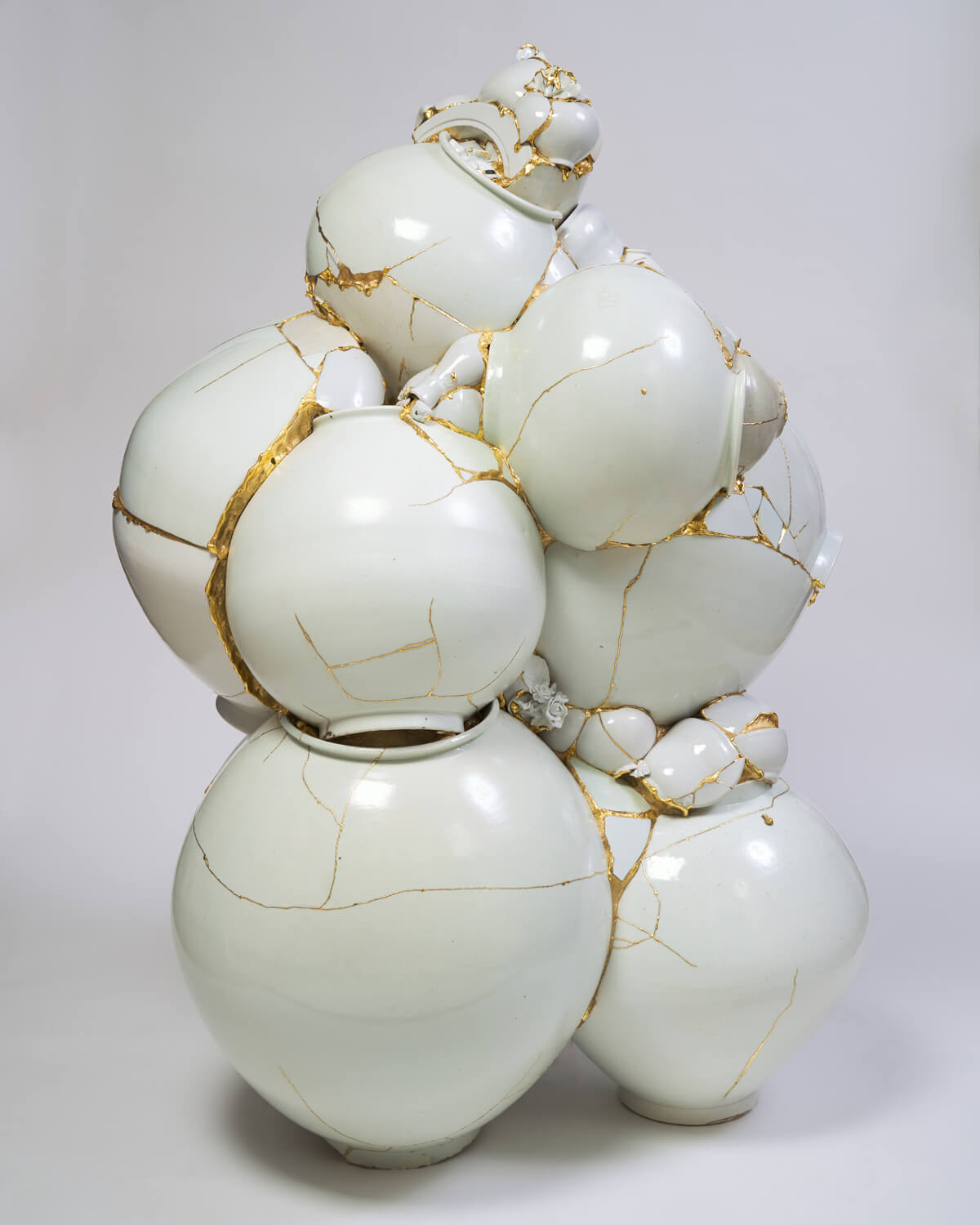
Translated Vase_2019 TVCW 2 (2019) / porcelain & ceramic shards, epoxy, 24k gold leaf / Courtesy of the artist

Moonlight Crown_Shhh... (2019) / steel, epoxy, wood / Courtesy of the artist / Photo ©Yang Ian
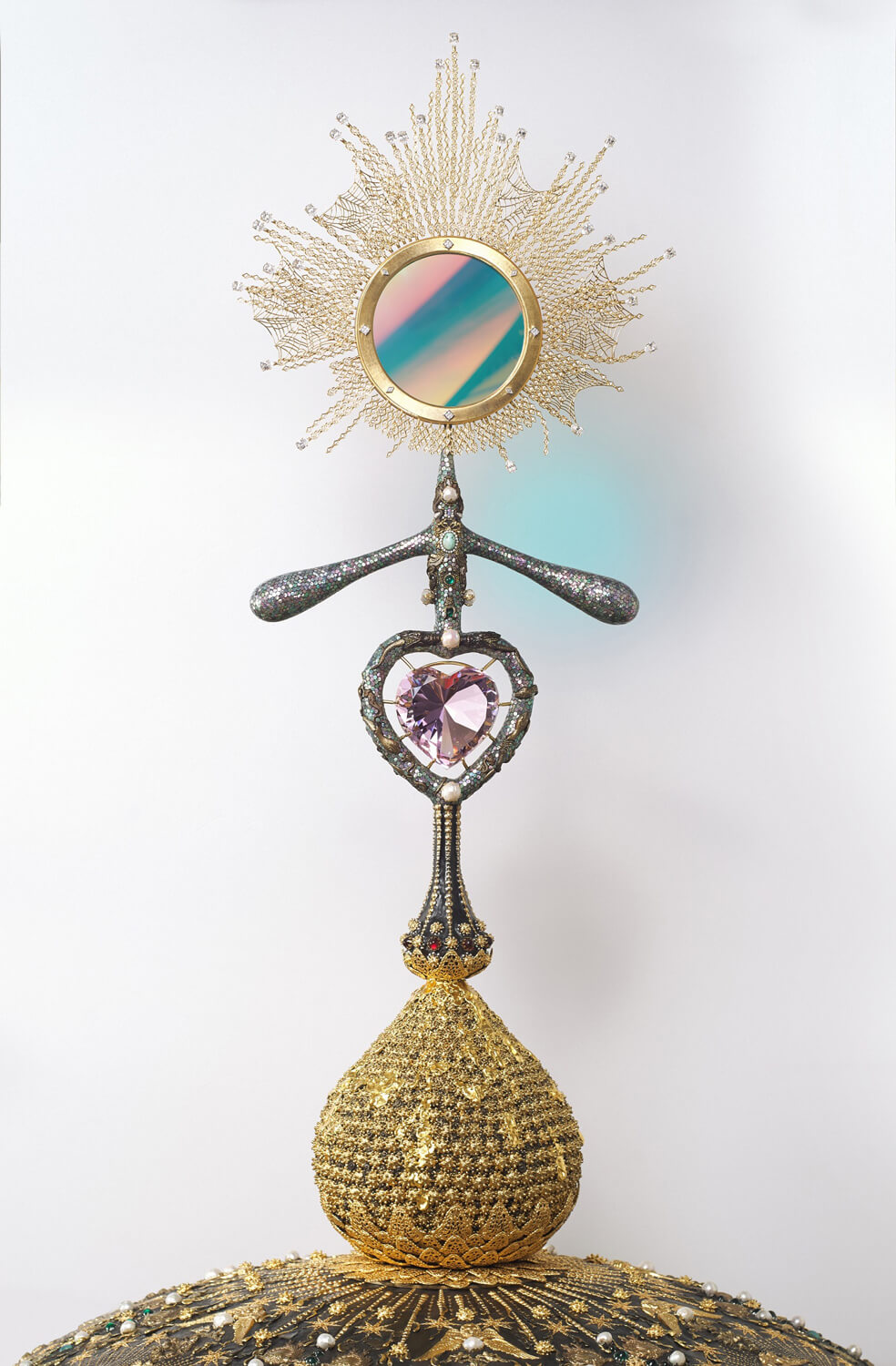
Moonlight Crown_On the Cliff (2018) / brass, glass, epoxy, wood, pearl, 24k gold leaf, mother-of-pearl / Courtesy of the artist / Photo ©Yang Ian
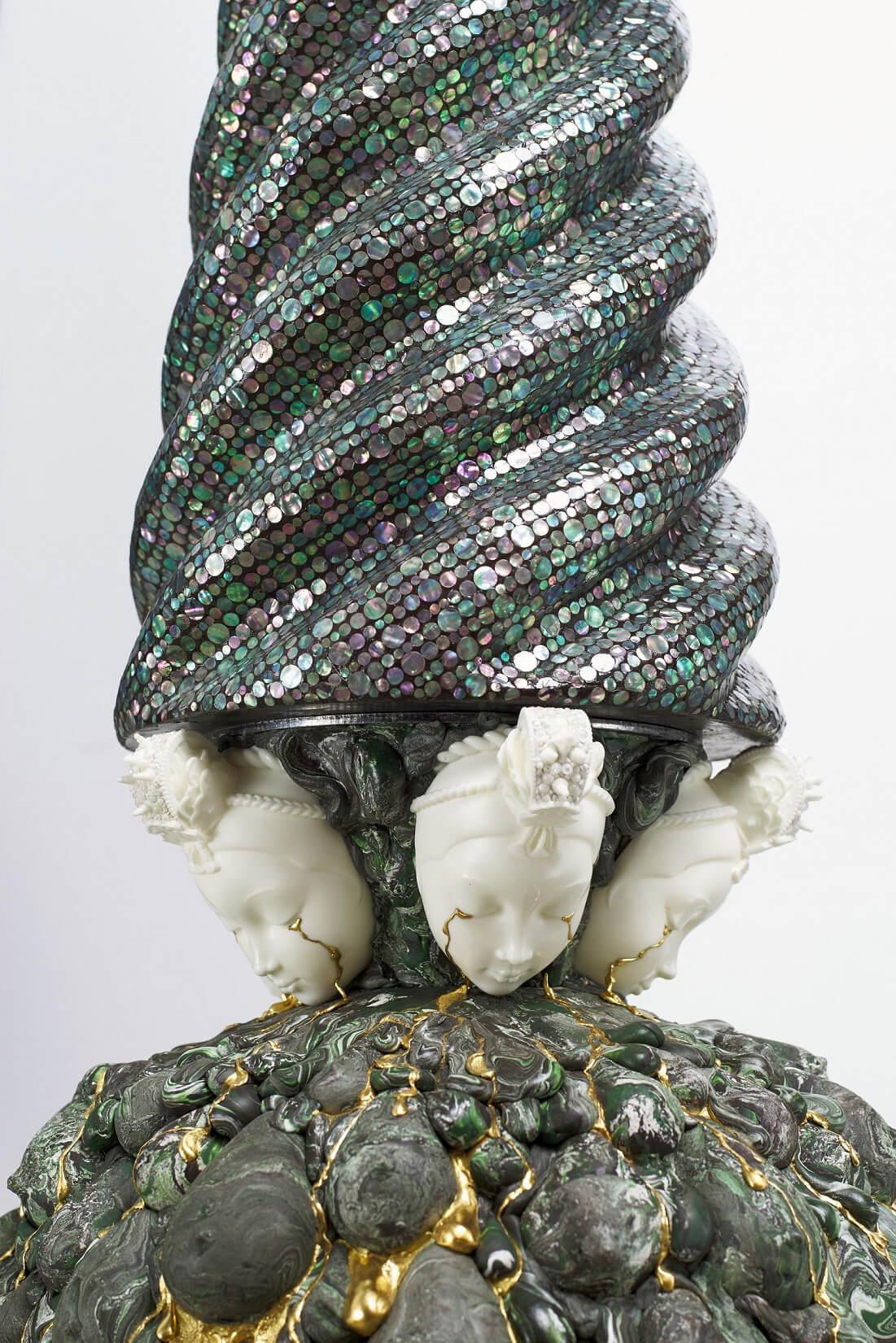
Moonlight Crown_Bari's Tears (2019) / steel, brass, glass, epoxy, wood, resin, crystal, 24k gold leaf, mother-of-pearl / Courtesy of the artist / Photo ©Yang Ian
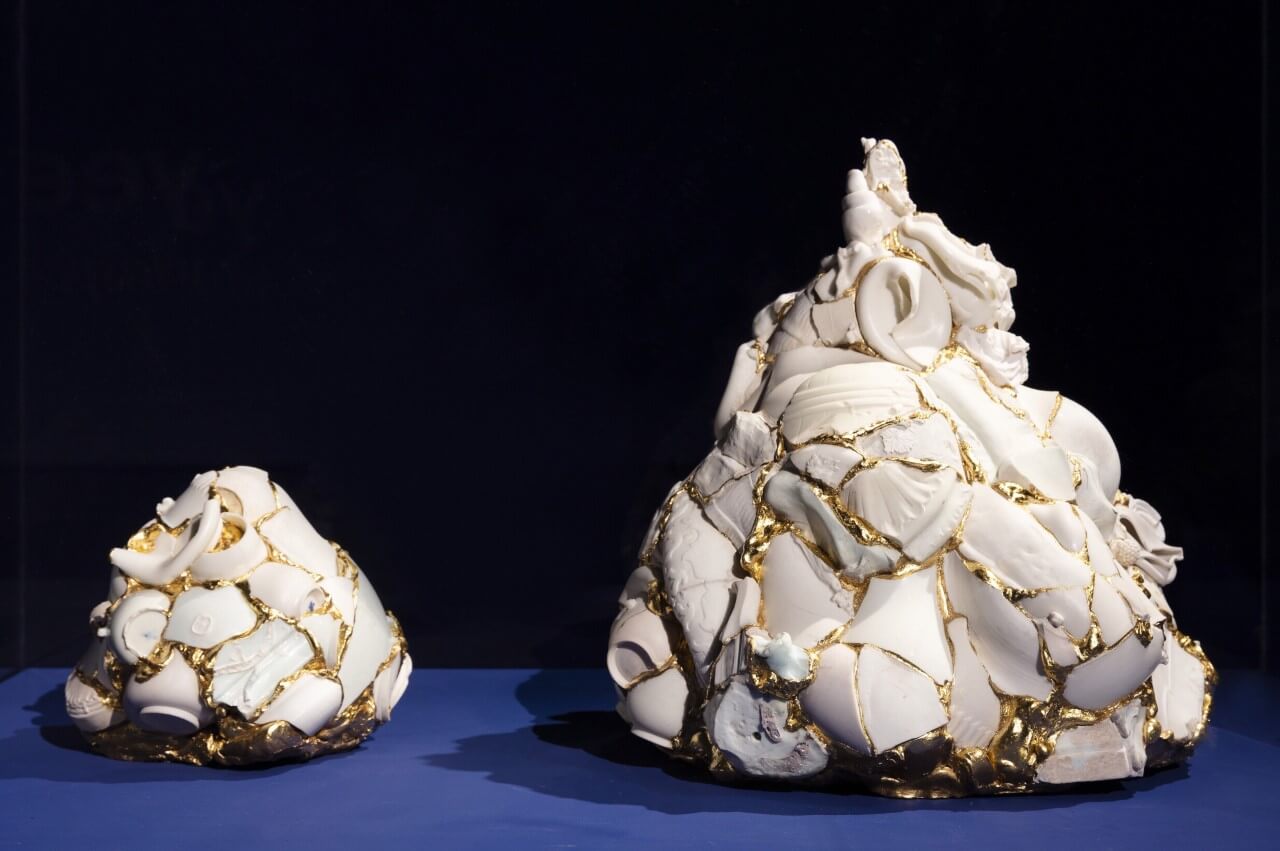
Courtesy of Ministero per i Beni e le Attività Culturali e del Turismo - Museo e Real Bosco di Capodimonte / Photo: Amedeo Benestante
TRENDING
-
The Tattoos that Marked the Criminals of the Edo Period
Traditional tattoos were strong signifiers; murderers had head tattoos, while theft might result in an arm tattoo.

-
Paris, Tokyo: Robert Compagnon
With his co-chef and talented wife, Jessica Yang, Robert Compagnon opened one of the top new restaurants in Paris: Le Rigmarole.
 3:31
3:31 -
Chiharu Shiota, Red Threads of the Soul
Last year, more than 660,000 people visited the retrospective 'Chiharu Shiota: The Soul Trembles' exhibit at the Mori Art Museum.

-
‘Before Doubting Others, Doubt Yourself. Who Can Truly Say a Dish Isn’t What It Used to Be?’
In ‘A Non-Conformist’s Guide to Surviving Society’, author Satoshi Ogawa shares his strategies for navigating everyday life.

-
The Story of Sada Yacco, the Geisha who Bewitched Europe
Described by Dazed magazine as the first beauty influencer, she has been restored to her former glory since 2019.





